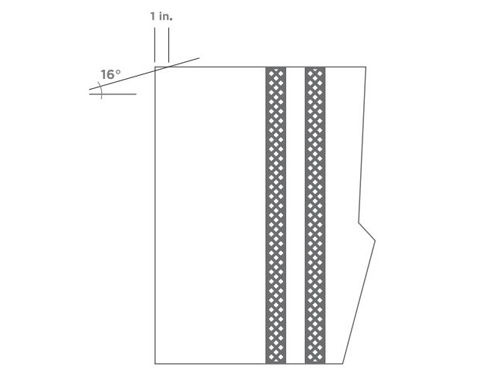What Is Ductile Iron Pipe?
Ductile iron pipe is the successor to the tried-and-true gray cast-iron pipe. It has been in use since the year 1455 in Germany and came to the United States in 1817. Over 600 utilities in the United States and Canada have used cast-iron mains for over 100 years.
In the mid-1950s, ductile iron pipe was introduced to a more reliable means of moving fluids and chemicals. After more than four decades in use, it is now an industry standard for water and wastewater systems.
Like Cast Iron, But Better
The chemical properties of ductile iron pipe are similar to those of cast iron. It is just as resistant to corrosion and equally machinable, but it’s even stronger and tougher. Advancements in casting, metallurgy and quality control produce a higher-quality pipe than ever before.
How Is Ductile Iron Pipe Better?
The manufacturing process that produces ductile iron pipe changes the graphite in the iron from the flake form in cast iron to a nodular or spheroidal form. This is done by adding magnesium and other elements to the molten iron during the manufacturing. The spheroidal graphite nearly doubles the strength of the iron, which bears out in bursting, bending, beam and tensile-strength tests.



